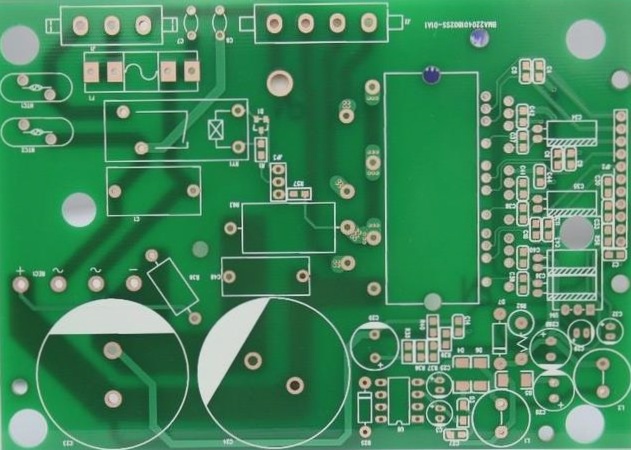PCB Design Utilizing Parametric Constraints
Parametric constraints in PCB design streamline the management of increasingly intricate electrical and mechanical requirements, ensuring automated tools effectively handle layout and routing complexities without the need for frequent redesigns.


